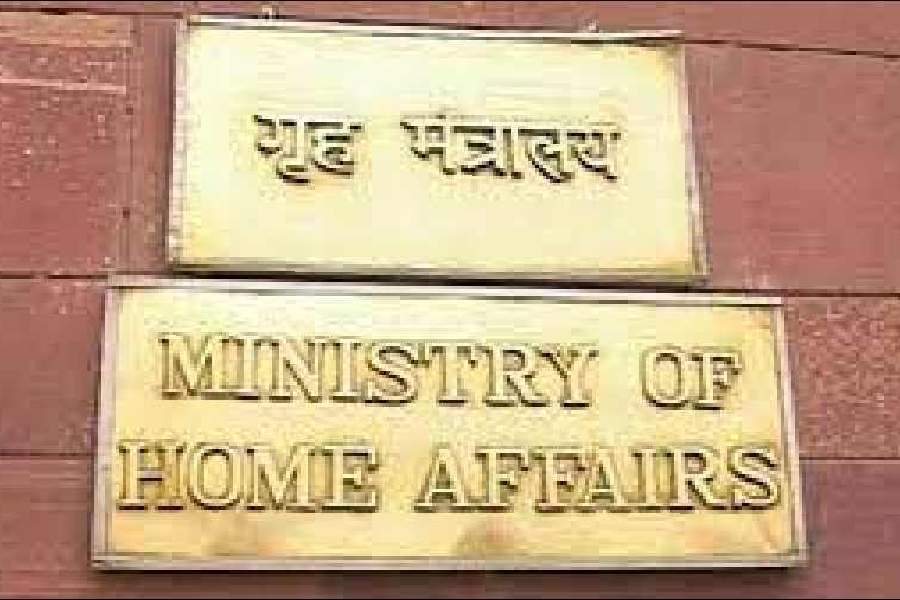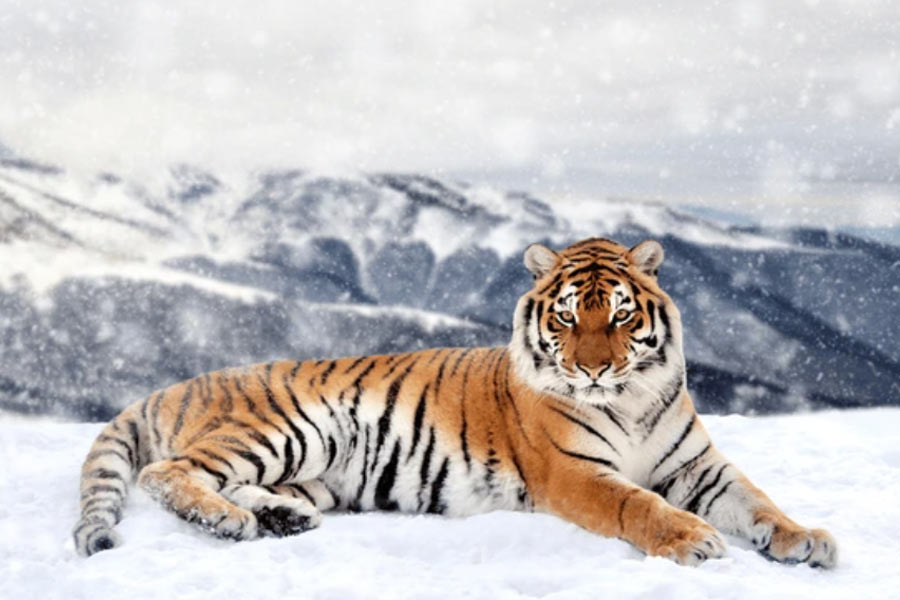The skies are falling silent. The State of India’s Birds 2020 — a study jointly produced by 10 organizations with the help of citizen bird-watchers — has revealed that over a fifth of India’s bird diversity has suffered sharp long-term declines over a 25-year period, with a drastic 80 per cent loss annually among several common birds in recent years. The study plugs important gaps in data that are key to conserving several avian species — for instance, some species categorized as being of ‘least concern’ by the International Union for Conservation of Nature were found to be at risk in India. But even more significantly it taps into citizen science for collecting a rich trove of data that no single organization could have amassed by itself. The success of conservation efforts often hinges on involving the public, especially when it comes to protecting avian species as their interactions with humans are far more frequent and unregulated compared to most other creatures. The primary threat to birds in India that emerges from the study is habitat loss from agricultural expansion, industrialization and urbanization. In a country that is still heavily dependent on agriculture, bird populations can be put at risk because of the damage they cause to crops. Awareness about crucial links in the ecological cycle — birds can be the farmers’ friends by ridding fields of insects and pests, but the mass eradication of the latter with insecticides causes birds to turn to crops instead — is thus vital to the discourse on conservation.
But the more potent threat to rare avian species — such as birds only found in the Western Ghats — is posed by the insatiable appetite for land. Protection of fragile ecosystems like the Eastern and Western Ghats and the Terai grasslands can save myriads of species, including birds. Other trends not explicitly explored by the study need to be probed further — take, for example, the fact that the peafowl, a dry land bird, is flourishing in Kerala, a wet state. This could indicate changes in habitat, signalling the need to conserve remaining tracts of natural habitat and restore degraded lands to counter the effects of climate change. But species like the common house sparrow, which after almost disappearing has now grown in number and is holding stable outside big cities, show that nature is resilient and can spring back to life given a chance.











